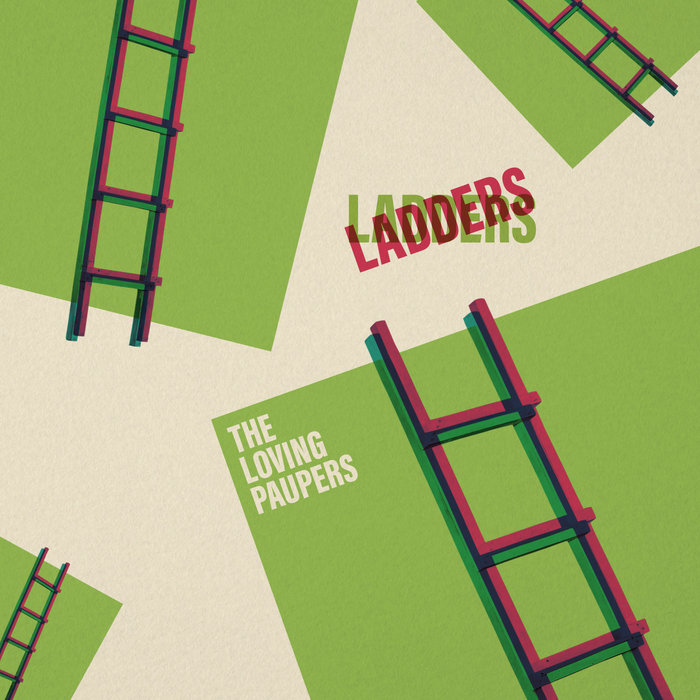
Mary – The Loving Paupers
this blog is GROOVY – check out great Soul, Funk, Jazz, Hip Hop, Bass, Breaks , Reggae, House n many more TUNES
Hey there! Let’s take a chill ride through the vibrant sounds of roots, lovers rock, and dub. These sub-genres of reggae not only define a significant part of music history but also bring with them some funky vibes and fun tales from the artists who shaped them. So grab your headphones, roll with the rhythm, and let’s vibe together!
Roots reggae emerged in Jamaica during the late 1960s as a powerful voice for social change. It was all about expressing struggles against oppression, highlighting cultural pride, and promoting religious messages drawn largely from Rastafarian beliefs. Think Bob Marley—he became like the ambassador for roots reggae globally.
Did you know that Bob Marley had an affinity for football? He once played onstage at a concert wearing his soccer cleats! Talk about blending your passions! He believed that playing football kept him grounded while he was finessing those sweet melodies.
Now shift gears into lovers rock—the romantic cousin in this musical family tree. This genre blossomed in Britain during the mid-1970s among Jamaican immigrants and took love ballads to another level. We’re talking smooth vocals paired with gentle rhythms designed to get you swooning!
A quick peek reveals something funny too:
Dennis Brown had an unforgettable hairstyle—a massive afro that seemed to dance its own way across stage while he performed! Legend has it that if you’d ask him about it backstage before concerts he’d often say it gave him “extra rhythm.” Hair power is real!
Let’s groove over to dub—a genre birthed from experimentation within reggae music itself. In the late 1960s through early ’70s, DJs began remixing existing recordings by adding layers like reverb (echo), echo effects (yes!), and sometimes even cutting out vocal tracks altogether just so they could showcase those phat basslines.
And here comes a quirky nugget:
King Tubby developed his unique style by tinkering away in his home studio—sometimes borrowing equipment meant for other purposes! One time he created echoes using old tape recorders initially meant for capturing speeches—not too shabby when your main goal is crafting killer grooves!
As these genres evolved throughout time—and intertwined—they’ve influenced countless musicians beyond Jamaica itself—from hip-hop artists tapping into dub’s heavy bass lines to pop stars bringing hints of lovers rock’s charm into their songs today.
The best part? You can still feel their presence everywhere—on your streaming platforms or blasting out loud on festival stages worldwide—inspiring generations hungry for connection via heartfelt tunes layered with soulful grooves.
Remember how we joked earlier? Here’s another one worth sharing:
Many roots reggae singers famously express their love through songs—but did you hear how some preferred writing letters instead? Yep—that’s right! They’d be sending long poetic notes back home trying woo potential crushes while juggling gigs simultaneously—it was called “the romantic multitask!”
So there you have it—the groovy tapestry woven between roots reggae’s storytelling essence, lovers’ tender vibes illustrating heartbeats shared under starlit nights,and dub’s experimental magic sprinkled atop everything else coming together seamlessly throughout decades past until now…
Next time you’re jamming out—or finding yourself lost amidst those warm frequencies—just remember this fun history surrounding each beat…and don’t forget those classic hairstyles making headlines along your way because we know every note inspires laughter just as much as love does—even if it involves hairdos battling rhythmical prowess!
Keep groovin’, my friends 🎶✌️

Mary – The Loving Paupers